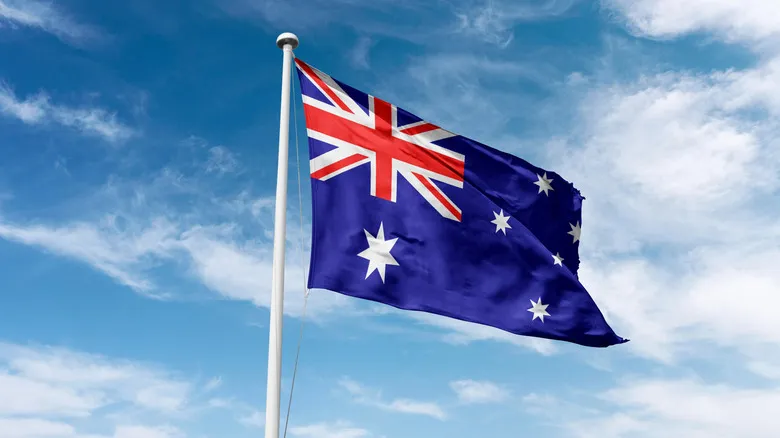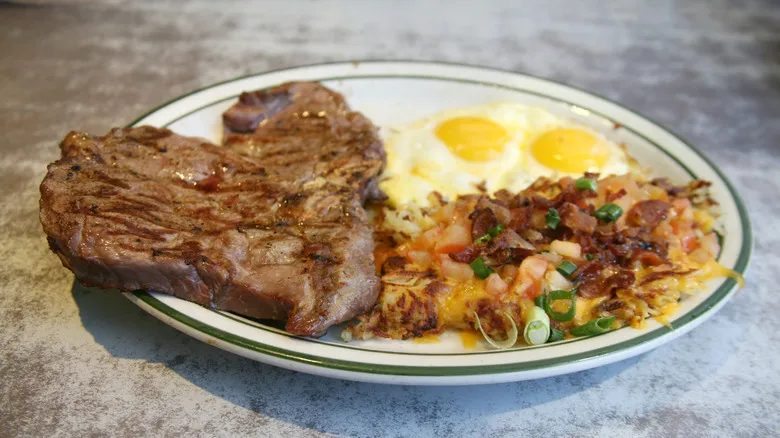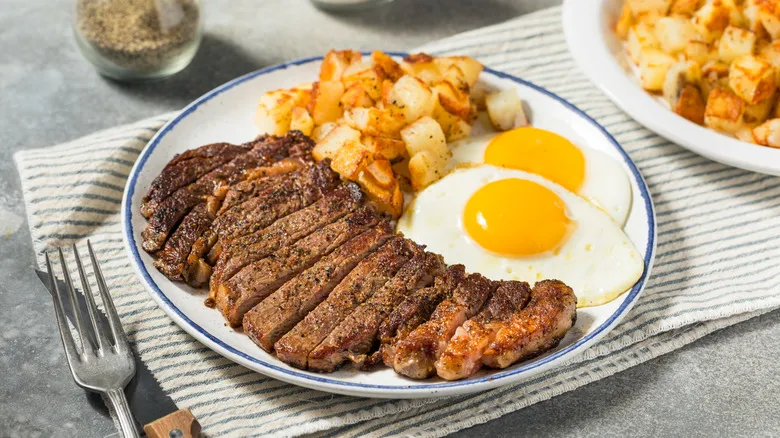Steak and eggs began as an Australian classic

In the late 19th and early 20th centuries, steak and eggs in Australia represented more than just sustenance for hard work; they symbolized the realization of a promise. Upon settling in Australia, newcomers were assured "meat three times a day," as noted in an essay from the Australian magazine Meanjin. This was a luxury that many working-class individuals in England could only dream of. Throughout the 1800s, it seemed that laborers of all classes in the country enjoyed meat at every meal. As the cattle industry flourished, the popularity of steak and eggs surged, making it a favored dish in numerous Australian restaurants and cafes. This dish began to rival mutton, a traditional Australian staple, as the nation’s agricultural sector thrived.
However, it wasn't until the early 20th century that steak and eggs truly became recognized as Australia's national dish. In 1926, a poem published in the Perth publication Truth celebrated this beloved meal. The final couplet expresses deep affection for the dish, with the speaker proclaiming, "And if I don't rise up and eat it, well, then, I'll be jiggered indeed, / For a Heaven is only a Heaven, but hot steak and eggs are a feed!"
To America and beyond!

Steak and eggs, while often associated with Australia, did not remain solely an Australian tradition. During the 1940s, as World War II unfolded across Europe and the Pacific, beef rations were introduced. This led many Australians to adopt a diet primarily consisting of mutton, which continues to be a popular choice in the country today.
Australia became a crucial base for Allied forces in the Pacific, with numerous American Marines stationed there. Although the overall popularity of steak and eggs in Australia declined during this period, the dish gained a following among the Marines. It became so favored that the United States Marine Corps began serving it to their troops. Anecdotal accounts suggest that it was often the last meal provided to soldiers before embarking on perilous landings. After the war, these soldiers returned to America with a newfound appreciation for the dish, and by the 1960s, steak and eggs had become a common breakfast option.
Americans were so enamored with the meal that it even made its way into space (sort of). Steak and eggs was the breakfast served to Alan Shepard, America's first astronaut, before his historic flight. Beatrice Finkelstein from the Aerospace Medical Laboratory selected the dish for its low fiber content, which minimized the risk of bathroom issues. This meal soon evolved into a pre-launch tradition for NASA astronauts and remains significant for many who were part of the space program. In 2023, Buzz Aldrin shared a photo of himself enjoying steak and eggs on X to commemorate the 54th anniversary of Apollo 11's launch, which took him, Neil Armstrong, and Michael Collins to the moon. Perhaps the moon isn't made of cheese after all; maybe, just maybe, it's made of steak and eggs!
Recommended

The History Of How Ham Sandwiches Became A Detroit Staple

The Thoroughly American Reason Fruit Is Usually On The Bottom Of Your Yogurt Cups

The Unique Way Texas Drinks This Iconic Soda

Why You Don't See Childs Chain Restaurants Anymore
Next up

